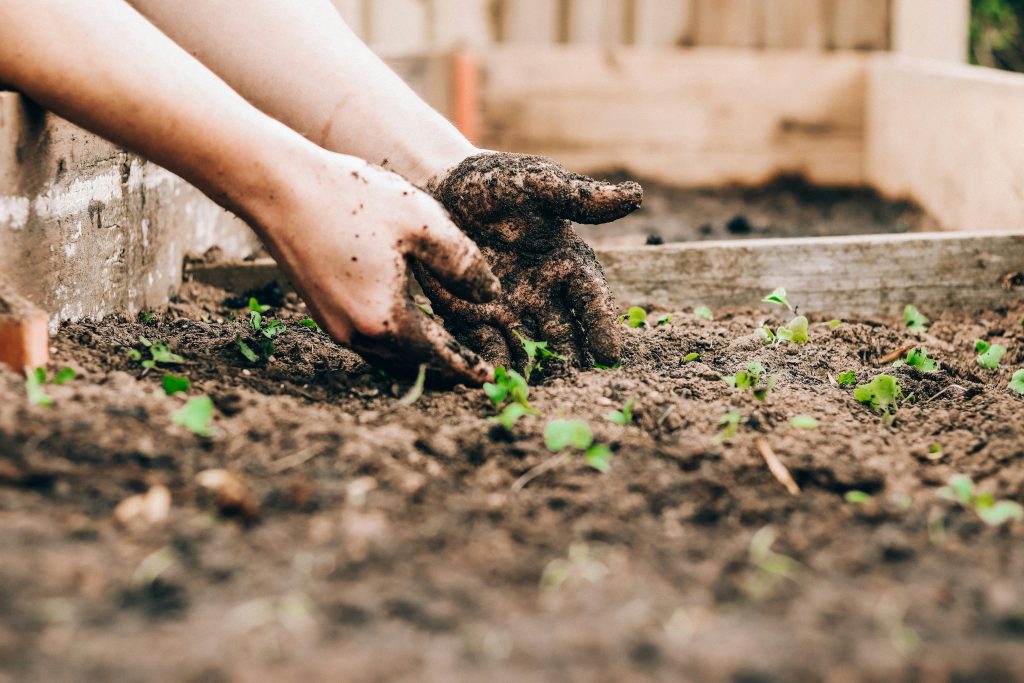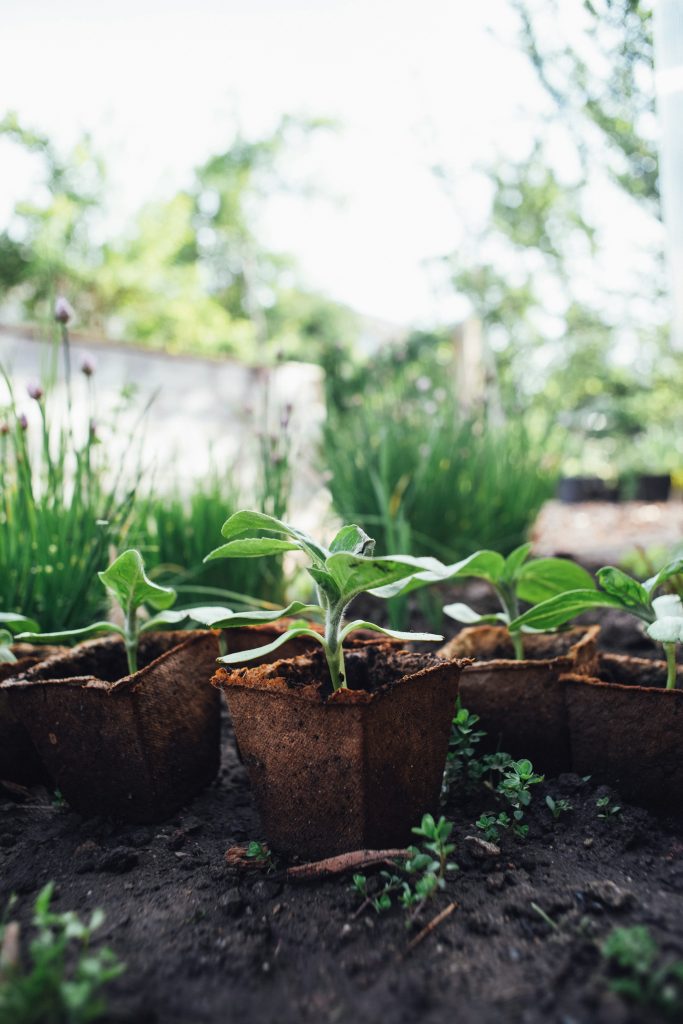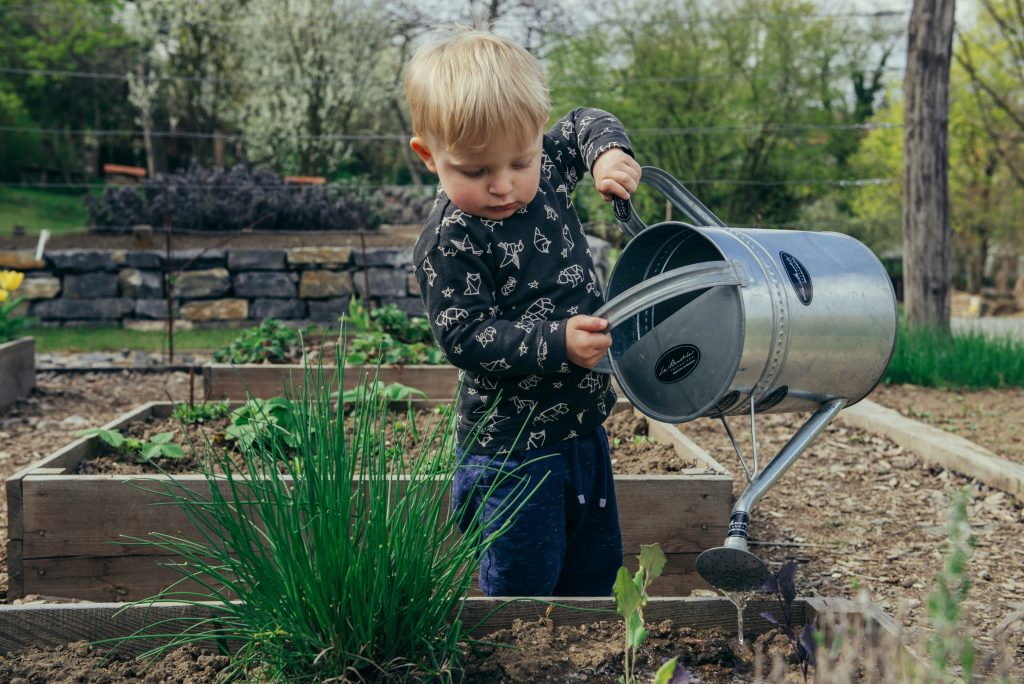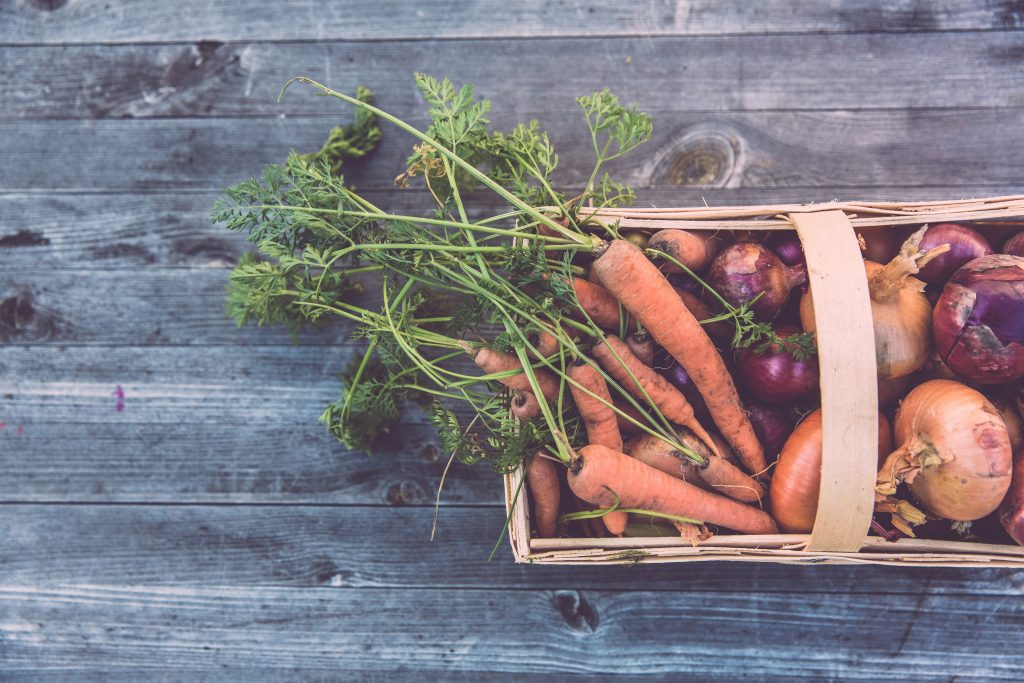Home Gardens – The Many Benefits
Gardens have always held a special place in human civilization, offering a sanctuary of greenery and a source of sustenance. In contemporary times, home gardens have seen a resurgence in popularity, driven by a growing awareness of health, sustainability, and self-sufficiency. This article delves into the myriad benefits of home gardens, emphasizing their nutritional, economic, educational, and environmental advantages.
Benefits of Home Gardens
Home gardens are more than just patches of green in our backyards; they are valuable resources that offer numerous benefits to individuals and communities alike. Here’s a closer look at why cultivating a home garden is a wise and rewarding endeavor.
Nutritional Boost of Home-Grown Food
One of the most compelling reasons to grow your own food is the superior nutritional value it offers. Home-grown fruits and vegetables are typically harvested at their peak ripeness, ensuring maximum nutrient content. Unlike store-bought produce, which is often picked before it’s fully ripe to withstand transportation and storage, garden-fresh produce retains more vitamins, minerals, and antioxidants.

For instance, tomatoes and bell peppers, when allowed to ripen on the vine, have higher levels of vitamins C and A compared to those that are picked green and artificially ripened. Leafy greens like spinach and kale also retain more iron and folate when consumed fresh from the garden. The absence of chemicals, preservatives and minimal handling further ensure that home-grown produce remains nutrient-dense, making it a healthier choice for you and your family. Your chemical-free produce will serve your family well.
Growing Food is Cost-Effective
In addition to being more nutritious, home-grown food is also less expensive. The initial investment in seeds, soil, and gardening tools pays off in the long run, as you save money on grocery bills. Consider the cost of buying organic vegetables at the supermarket; growing your own can significantly reduce these expenses.
A packet of seeds, costing just a few dollars, can yield pounds of produce over a growing season. For example, one tomato plant can produce over 10 pounds of tomatoes, which would be far more expensive to purchase. Herbs like basil, mint, and parsley, which are often costly in stores, can be grown abundantly in a small garden, providing a continuous supply at a fraction of the cost.
Long and Short-Term Storage Options
Another advantage of home gardens is the versatility they offer in terms of food storage. Home-grown produce can be consumed fresh, preserving its nutritional value and flavor. For longer storage, many fruits and vegetables can be canned, dried, or frozen. Canning tomatoes, pickling cucumbers, and drying herbs are traditional methods that not only extend the shelf life of your harvest but also add variety to your pantry.
Modern techniques like vacuum sealing and using food-grade desiccants can further enhance the longevity of stored produce. By growing and preserving your own food, you create a resilient food supply that can withstand market fluctuations and supply chain disruptions.
Gardens in Ground, Pots, or Beds
Home gardens are remarkably adaptable to various living situations. Whether you have a sprawling backyard or a small balcony, you can cultivate a garden. Traditional in-ground gardens are ideal for those with ample space, offering a large area to grow a variety of crops. Raised beds, which provide better soil control and drainage, are perfect for suburban yards.
For urban dwellers or those with limited space, container gardening is an excellent option. Pots and planters can be placed on patios, balconies, or windowsills, enabling the growth of herbs, vegetables, and even small fruit trees. Vertical gardening, using trellises and wall-mounted planters, further maximizes space efficiency. This flexibility makes gardening accessible to everyone, regardless of their living situation.

Valuable Learning in the Garden
Gardens are living classrooms that teach us about the world around us. They offer hands-on lessons in biology, ecology, and environmental science. Watching plants grow from seeds to maturity provides a tangible understanding of life cycles and plant biology. Understanding soil health, water management, and pest control fosters a deeper appreciation for nature and the environment.

Gardening also imparts practical skills such as planning, problem-solving, and patience. For children, engaging in gardening activities can spark curiosity about science and nature, encouraging lifelong learning and environmental stewardship.
Optimize Unused Space
Transforming unused space into a productive garden is an excellent way to enhance the aesthetics and functionality of your property. Unused corners of your yard, rooftops, or even vacant lots can be converted into green oases that provide fresh produce and contribute to urban greening efforts.
Gardens not only beautify these spaces but also create habitats for pollinators like bees and butterflies, supporting local biodiversity. In urban areas, community gardens can revitalize neighborhoods, creating communal spaces that foster social interaction and cooperation.
Growing What You Like to Eat
One of the joys of home gardening is the ability to grow exactly what you like to eat. Whether you have a taste for heirloom tomatoes, spicy peppers, or exotic herbs, you can tailor your garden to suit your culinary preferences. This customization ensures that you always have fresh, flavorful ingredients on hand, enhancing your meals and encouraging healthy eating habits.

Growing your favorite foods also allows you to experiment with different varieties and flavors that may not be readily available in stores. This not only diversifies your diet but also supports the preservation of rare and heirloom plant varieties.
Conclusion
Home gardens offer a wealth of benefits that extend beyond the immediate pleasure of tending to plants. They provide nutritious, cost-effective food, versatile storage options, and adaptable cultivation methods. Gardens educate us about the natural world, optimize unused spaces, and allow us to grow what we love to eat. Embracing the practice of home gardening enriches our lives, promotes sustainability, and fosters a deeper connection with nature. So, grab a trowel, plant a seed, and watch your garden—and its many benefits—grow. Check out our blog on garden homes and see how you can achieve the outdoor space of your dreams!
